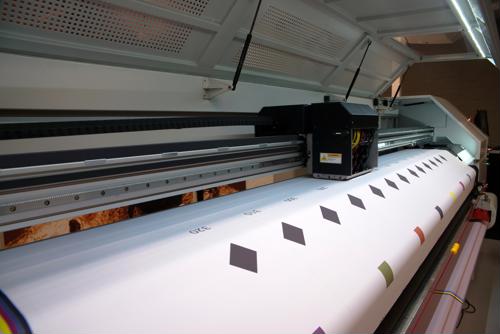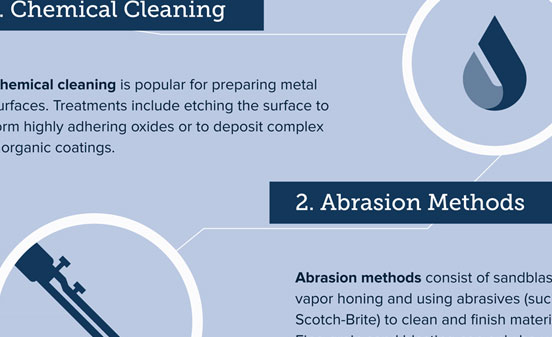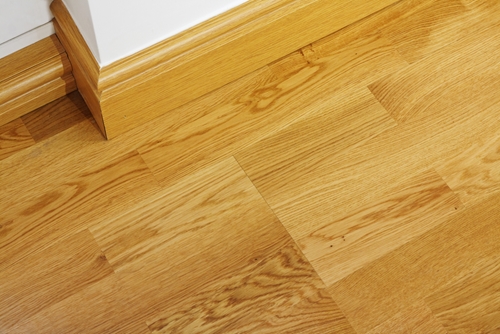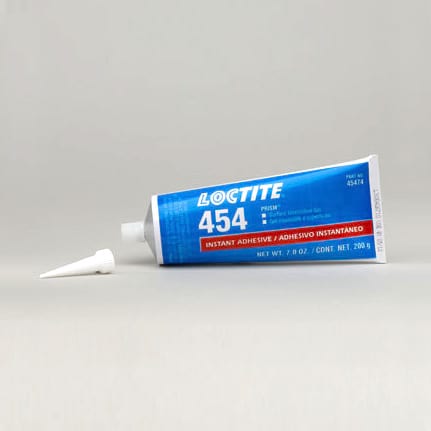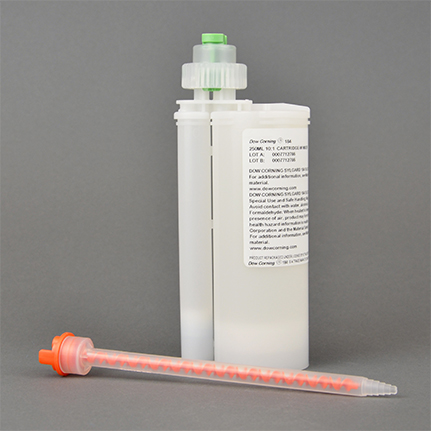

-
Description for Henkel Loctite SI 5900
An excellent adhesion profile to an outstanding wide variety of plastic substrates, as well as glass, ceramics and metals.Brand Loctite Chemical Resistance Chemical Resistance: Fluid Resistance: Water, Glycol Application Type Sealing 1 Part or 2 Part 1-Part Material Form Paste Substrate Alclad, Zinc dichromate, Mild steel, An outstanding wide variety of plastic substrates, Glass, Ceramics, Metals, Aluminum 2024-T3 , Aluminum (Alclad) to Steel, Stamped sheet metal covers, Aluminum (Alclad) to Steel Industry Oil sumps, Reassembly Manufacturer Henkel Chemistry Oxime silicone Cure Method Room temperature vulcanizing (RTV), Moisture Cure Temperature (°C) 20 to 25, 25, 23 Cure Time (min) 10,080, 30,240 Color Black Oil Resistance Excellent resistance to automotive engine oils resistance, 5W40 oil resistance, Motor oil resistance High Temperature Resistance (°C) 200 Volume Resistivity (O) 6.7e13 (ohms/cm) Extrusion Rate (g/sec) 1,200 to 3,000 Key Specifications National Sanitation Foundation: NSF P1, CFIA -
Technical Data for Henkel Loctite SI 5900
Overview
-
Chemical Resistance
- Chemical Resistance : Fluid Resistance : Water Resistance - Water
- Chemical Resistance - Glycol
-
Application Type
- Sealant - Sealing
-
1 Part or 2 Part
- 1-Part
-
Material Form
- Paste
-
Substrate
- Ceramic - Ceramics
- Glass
- Metal - Metals, Stamped sheet metal covers
- Aluminum - Alclad, Aluminum 2024-T3 , Aluminum (Alclad) to Steel
- Zinc - Zinc dichromate
- Steel - Mild steel, Aluminum (Alclad) to Steel
- Plastic - An outstanding wide variety of plastic substrates
-
Industry
- Automotive - Oil sumps
- Reassembly
- Other - Timing covers
-
Chemistry
- Silicone - Oxime silicone
-
Cure Method
- Moisture / Condensation Cure - Moisture
- RTV (Room Temperature Vulcanization) - Room temperature vulcanizing (RTV)
-
Color
- Black
-
Key Specifications
- FDA (U.S. Food & Drug Administration) and/or CFIA (Canadian Food Inspection Agency) - CFIA
- National Sanitation Foundation : P1 Rated - NSF P1
-
Brand
- Loctite
-
Also Known As
- Old Name - Loctite 5900
Specifications
Cure Specs
Cure Temperature (°C) 20 to 25, 25, 23 Test Method Cure Time (min) 10,080, 30,240 Test Method Tack Free Time (min) 7 to 24 Test Method Thixotropic Thixotropic Bond Strength
Shear Strength (psi) 145 to 200, 100 to 190, 145 to 215, 145 to 290, >174, >145 Test Method Tensile Strength (psi) >246 Test Method Material Resistance
Oil Resistance Excellent resistance to automotive engine oils resistance, 5W40 oil resistance, Motor oil resistance High Temperature Resistance (°C) 200 Conductivity
Dissipation Factor 0.04800, 0.04200, 0.02300, 0.01300 Test Method Dielectric Constant 5.05, 4.29, 4.13, 4.12 Test Method Volume Resistivity (O) 6.7e13 (ohms/cm) Test Method Surface Resistivity (O) 4.35e15 (ohms) Test Method Hardness
Shore A Hardness 31 to 46 Test Method Elongation (%) >400 Test Method Other Properties
Extrusion Rate (g/sec) 1,200 to 3,000 Specific Gravity 1.300 to 1.370 Test Method Business Information
Shelf Life Details Store product in the unopened container in a dry location.;Optimal Storage: 8 °C to 21 °C. Storage below 8 °C or greater than 28 °C can adversely affect product properties. Not Good For
Don't Use For Pure oxygen, Oxygen rich systems, Sealant for chlorine, sealant for other strong oxidizing materials -
-
Best Practices for Henkel Loctite SI 5900
-
Surface Preparation
For best performance bond surfaces should be clean and free from grease.
-
Curing
Moisture curing begins immediately after the product is exposed to the atmosphere, therefore parts to be assembled should be mated within a few minutes after the product is dispensed.
The bond should be allowed to cure (e.g. seven days), before subjecting to heavy service loads.
-
Clean-Up
Excess material can be easily wiped away with non-polar solvents.
-
-
Comparable Materials for Henkel Loctite SI 5900
Spec Engine® Results
Closest Results from this Manufacturer
Popular Articles
Testing the effectiveness of surface treatments
Read ArticleInfographic: ENSURING A STRONG BOND - 6 Basic Methods of Surface Preparation
Read ArticleSponsored Articles
Unique Advantages of Contact Adhesives
Read ArticleUsing LOCTITE® 454™ is a Valid Option for Engineers Working with a Wide Variety of Materials
Read ArticleSylgard 184 by DOW is the Top Choice for a Transparent, Silicone Encapsulant. Read Why:
Read ArticleCase Study: Creating reliable, corrosion-free bonds with LORD® 406 acrylic adhesive
Read ArticleFeatured Ads

Cure Temperature Test Methods
| Cure Temperature | Cure Time Test Method |
|---|---|
| 20 to 25°C | |
| 25°C | 50±5 % RH |
| 23°C | 50±5 % RH and 0.5 mm gap |
Cure Time Test Methods
| Cure Time | Test Method |
|---|---|
| 10,080 min | 50±5 % RH |
| 30,240 min | 50±5 % RH and 0.5 mm gap |
Tack Free Time Test Methods
| Tack Free Time | Tack Free Temperature | Test Method |
|---|---|---|
| 7 to 24 min | 25°C | Surface Cure, 50±5 % RH |
Shear Strength Test Methods
| Shear Strength | Type | Cure Time | Cure Temperature | Cure Humidity | Substrate | Test Method |
|---|---|---|---|---|---|---|
| 145 to 200 psi | Lap shear strength | 30,240 min | 23°C | 45 to 55 % | Mild steel | ISO 4587, Cured |
| 100 to 190 psi | Lap shear strength | 30,240 min | 23°C | 45 to 55 % | Aluminum 2024-T3 | ISO 4587, Cured |
| 145 to 215 psi | Lap shear strength | 30,240 min | 23°C | 45 to 55 % | Alclad | ISO 4587, Cured |
| 145 to 290 psi | Lap shear strength | 30,240 min | 23°C | 45 to 55 % | Zinc dichromate | ISO 4587, Cured |
| >174 psi | Lap Shear Strength | 10,080 min | 25°C | 45 to 50 % RH | Aluminum (Alclad) | Cured |
| >145 psi | Lap Shear Strength | 10,080 min | 25°C | 45 to 50 % RH | Aluminum (Alclad) to Steel | Cured |
Tensile Strength Test Methods
| Tensile Strength | Cure Time | Cure Temperature | Cure Humidity | Test Method |
|---|---|---|---|---|
| >246 psi | 10,080 min | 25°C | 45 to 55 % | ISO 37, Cured |
Dielectric Constant Test Methods
| Dielectric Constant | Temperature | Test Method |
|---|---|---|
| 5.05 | 25°C | IEC 60250, Cured for 1 week, 50±5 % RH, 1 kHz |
| 4.29 | 25°C | IEC 60250, Cured for 1 week, 50±5 % RH, 100 kHz |
| 4.13 | 25°C | IEC 60250, Cured for 1 week, 50±5 % RH, 1 MHz |
| 4.12 | 25°C | IEC 60250, Cured for 1 week, 50±5 % RH, 10 MHz |
Dissipation Factor Test Methods
| Dissipation Factor | Temperature | Test Method |
|---|---|---|
| 0.04800 | 25°C | IEC 60250, Cured for 1 week, 50±5 % RH, 1 kHz |
| 0.04200 | 25°C | IEC 60250, Cured for 1 week, 50±5 % RH, 100 kHz |
| 0.02300 | 25°C | IEC 60250, Cured for 1 week, 50±5 % RH, 1 MHz |
| 0.01300 | 25°C | IEC 60250, Cured for 1 week, 50±5 % RH, 10 MHz |
Volume Resistivity Test Methods
| Volume Resistivity | Temp (°C) | Test Method |
|---|---|---|
| 6.7e13 (ohms/cm) | 25°C | IEC 60093, Cured for 1 week, 50±5 % RH |
Surface Resistivity Test Methods
| Surface Resistivity | Temperature | Test Method |
|---|---|---|
| 4.35e15 (ohms) | 25°C | IEC 60093, Cured for 1 week, 50±5 % RH |
Elongation Test Methods
| Elongation | Test Method |
|---|---|
| >400 % | ISO 37, Cured for 1 week @ 25 °C / 50±5 % RH, at break |
Shore A Hardness Test Methods
| Shore A Hardness | Shore Hardness Test Method |
|---|---|
| 31 to 46 | ISO 868, Cured for 1 week @ 25 °C / 50±5 % RH |
Specific Gravity Test Methods
| Specific Gravity | Temperature | Test Method |
|---|---|---|
| 1.300 to 1.370 | 25°C | Uncured |




